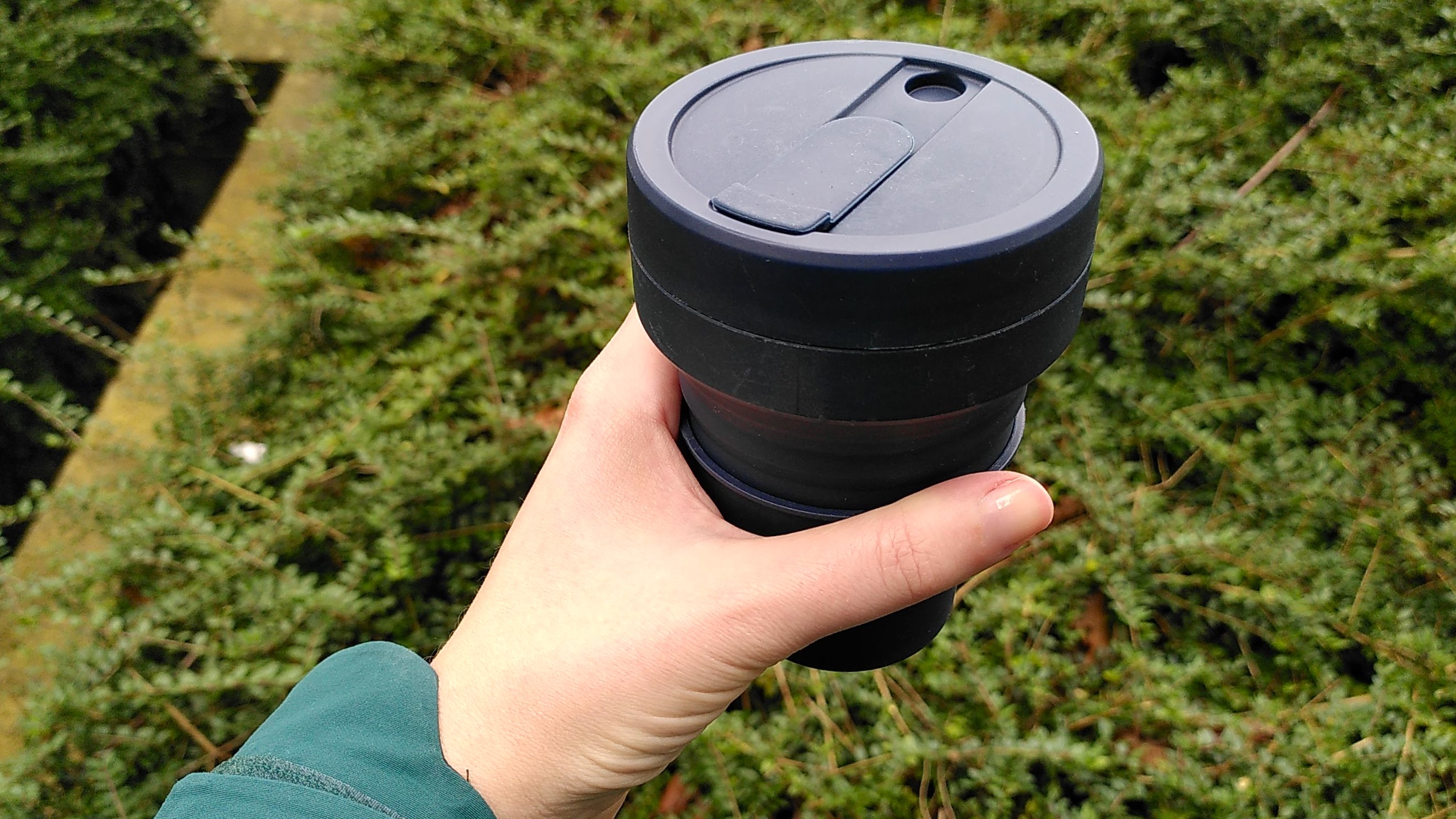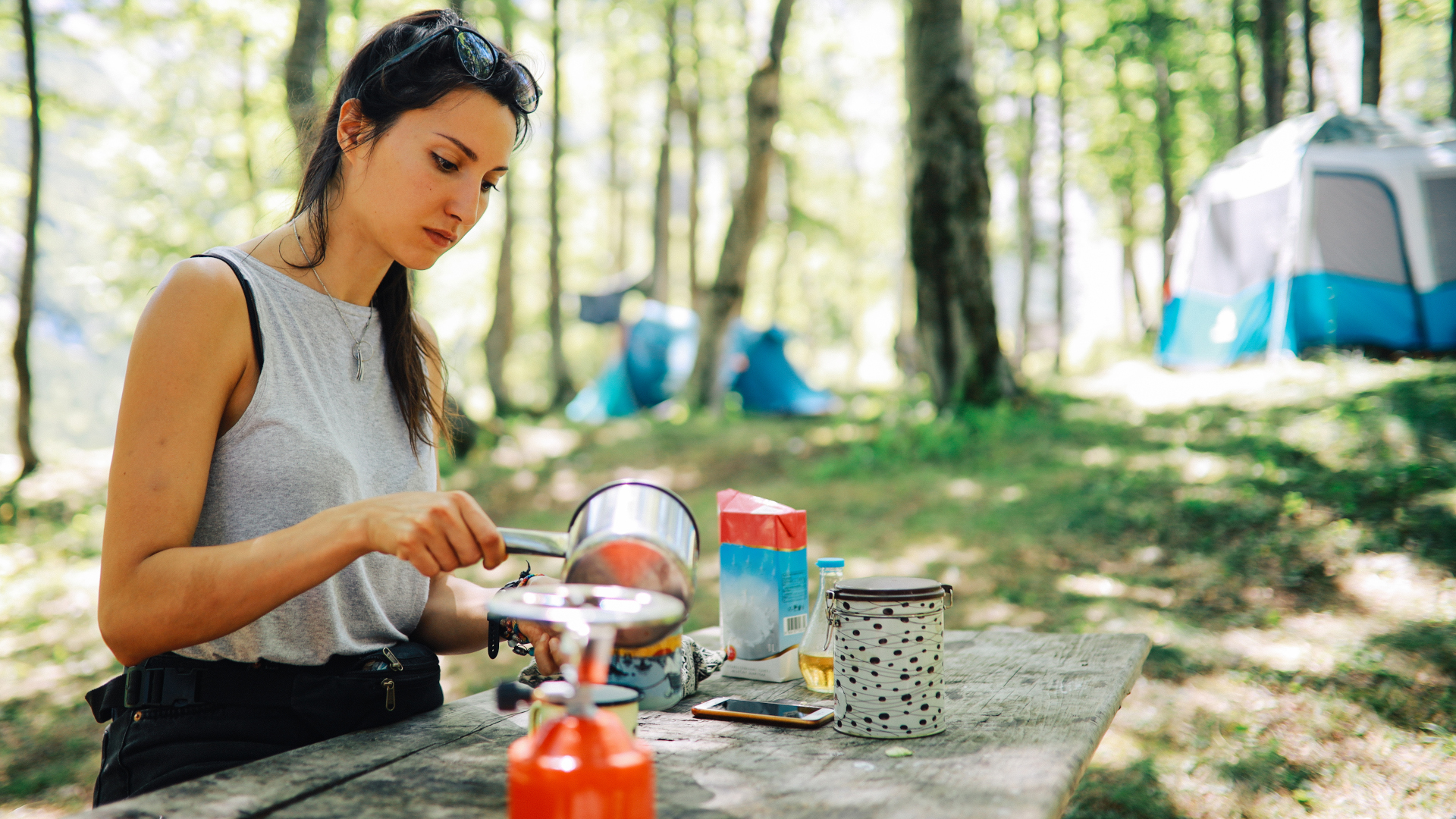How to get the nasty taste out of your silicone coffee cup – and stop it getting gross in the first place
If your reusable cup has started to taste like soap or old coffee, there are ways to freshen it up

Silicone is a great material for coffee cups: it's soft enough to fold down flat, it's long-lasting, it's heat-resistant, and it's (usually) dishwasher safe. Unfortunately, it also has a nasty tendency to pick up flavors, which can really spoil your carefully brewed cup of coffee. The taste can come from strong drinks or the detergent used to wash your cup, and either way it's nasty.
The problem isn't exclusive to camping cups. Silicone ice cube trays, freezer bags, spatulas, and even the seals on appliances like blenders can all suffer the same fate. Go on, give your blender's seal a sniff. I dare you.
One of the best ways to prevent it happening is to wash your collapsible coffee cup by hand. It doesn't take all that long, and it means the cup isn't marinating in scalding hot detergent, soaking up the taste like brisket in BBQ sauce.

You should also never wash your items using a soap containing oils (such as jojoba or fruit oils). These tend to leave a fine film on your silicone items, which you'll taste next time you use them. Stick to unscented detergents.
Some stinks are particularly hard to shift, including onion and garlic. If you're particularly fond of soup, you might prefer to keep one cup specifically for that, and get a second one for hot beverages.
De-stink your coffee cup
One way to get nasty tastes out of silicone drinkware is to heat it up in an oven, as described by Marguerite Preston in Wirecutter. Preston recommends baking clean silicone items at 250ºF for 20 minutes, then giving them a sniff to see if any funk remains. If so, put them back in for a little longer.
You'll need to make sure that your cup can withstand that kind of heat though, and remember to remove any hard plastic parts like lids and sleeves. The silicone will be fine, but if you can't remove any plastic parts, don't try it. They will melt.
Advnture Newsletter
All the latest inspiration, tips and guides to help you plan your next Advnture!
Stojo, one of the biggest names in squashable silicone drinkware, recommends taking a more gentle approach and soaking your cup in a mix of hot water, white vinegar, and baking soda overnight to get rid of any lingering aromas.
However, the baking soda only serves to neutralize the vinegar (once the initial fizz has stopped, your cup will just spend the night sitting in a salty solution) and I've found that you can get good results by leaving it out. Just make sure you give the cup a good hand wash afterwards. It's a similar principle to getting the plastic taste out of a water bladder.
- The best camping coffee makers: our top recommendations

Cat is Homes Editor at TechRadar and former editor of Advnture. She's been a journalist for 15 years, and cut her teeth on magazines before moving online. She helps readers choose the right tech for their home, get the best deals, and do more with their new devices.
